As investigators work to piece together the events that led to the tragic crash of Air India flight AI171, newly released audio has shed light on the final moments of the doomed aircraft. The crash claimed the lives of over 240 people and left behind a trail of unanswered questions, speculation, and a solitary survivor.
Distress Call From the Cockpit: “Losing Power, No Thrust”
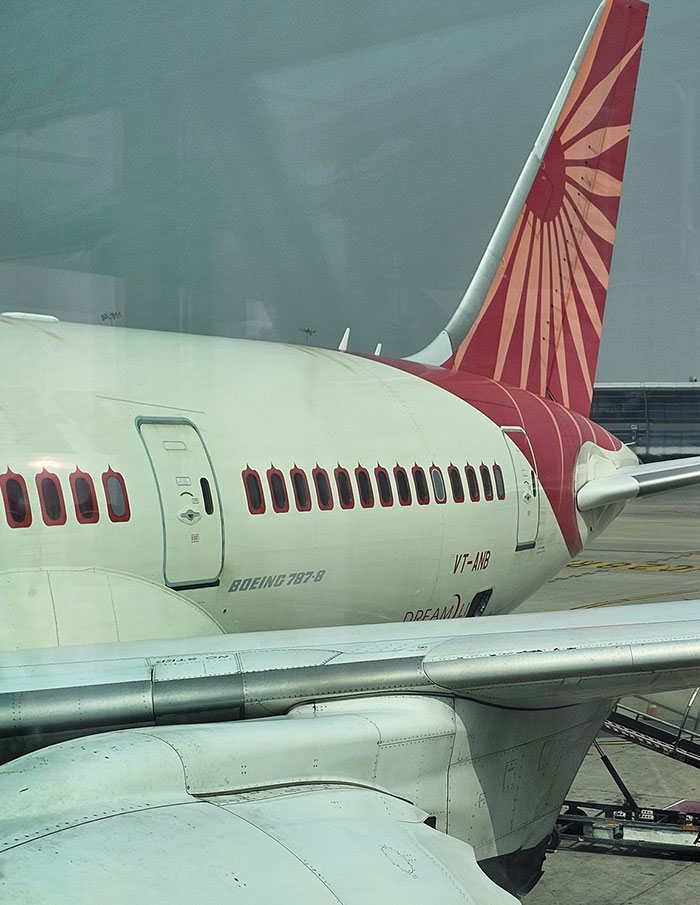
Shortly after taking off from Sardar Vallabhbhai Patel International Airport in Ahmedabad at 1:39 PM, the Boeing 787 Dreamliner experienced a critical malfunction. Captain Sumeet Sabharwal, who was piloting the aircraft alongside First Officer Clive Kundar, issued a mayday call within seconds of liftoff.
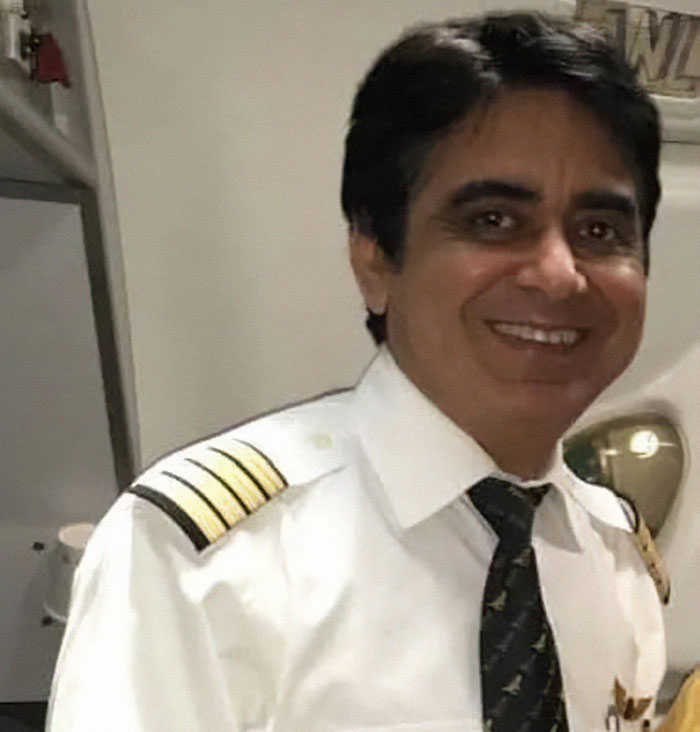

According to multiple media outlets, including Reuters and the Daily Mail, the urgent transmission from the cockpit was chilling:
“Mayday… no thrust, losing power, unable to lift.”
Moments later, air traffic control lost all communication with the aircraft.
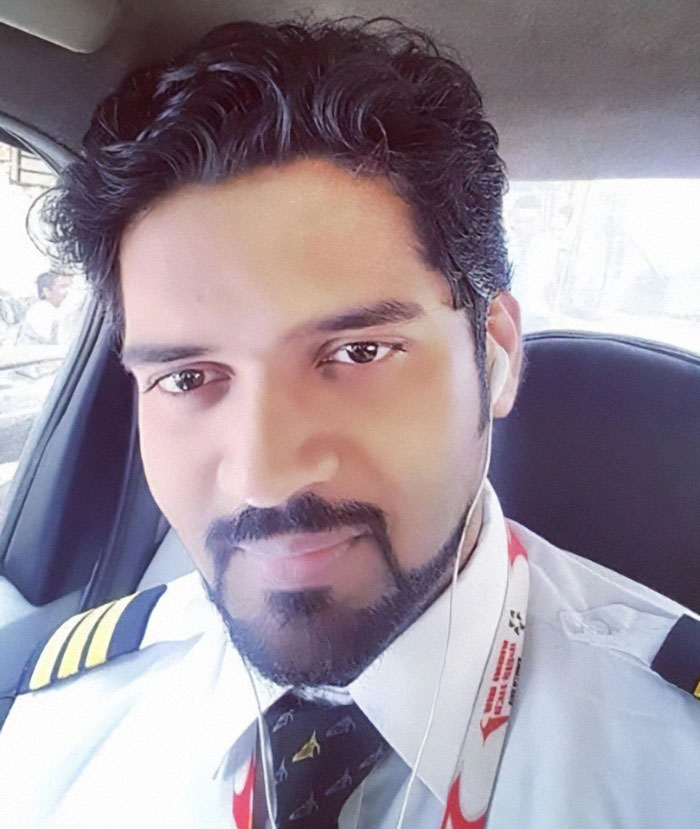
Who Were the Pilots? Experienced Aviators With Thousands of Flight Hours
Captain Sumeet Sabharwal, a highly experienced commercial pilot with 22 years in aviation and over 8,200 logged flying hours, was described by peers as diligent and reserved. Fellow pilots recalled him as someone who kept a low profile yet maintained the highest standards of professionalism.
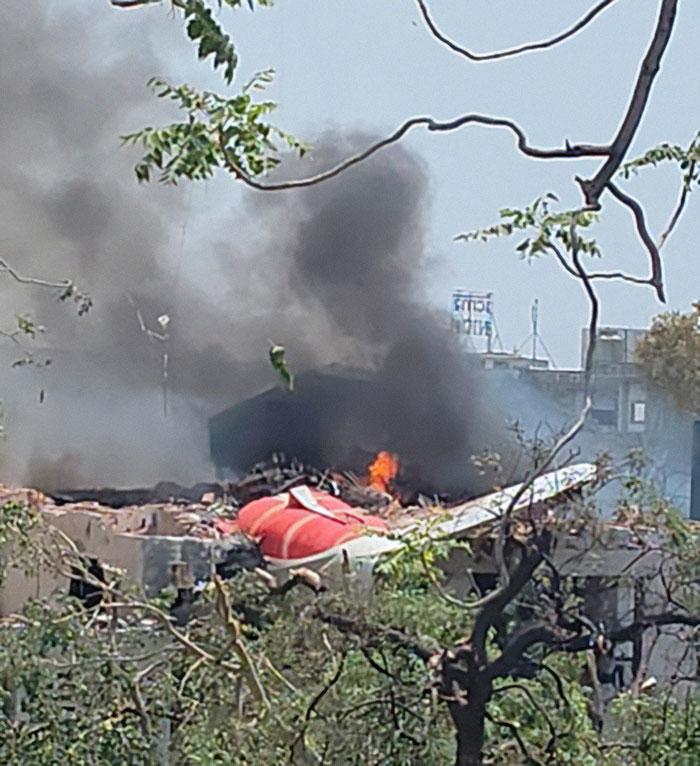
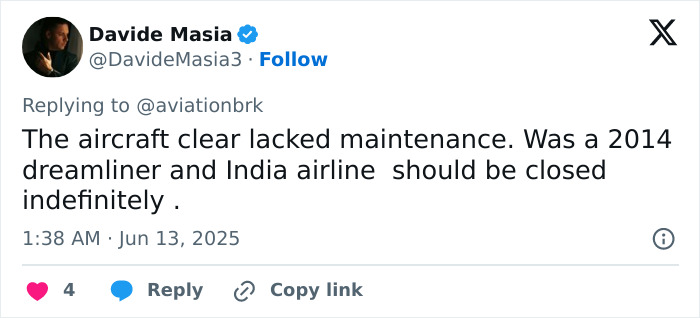
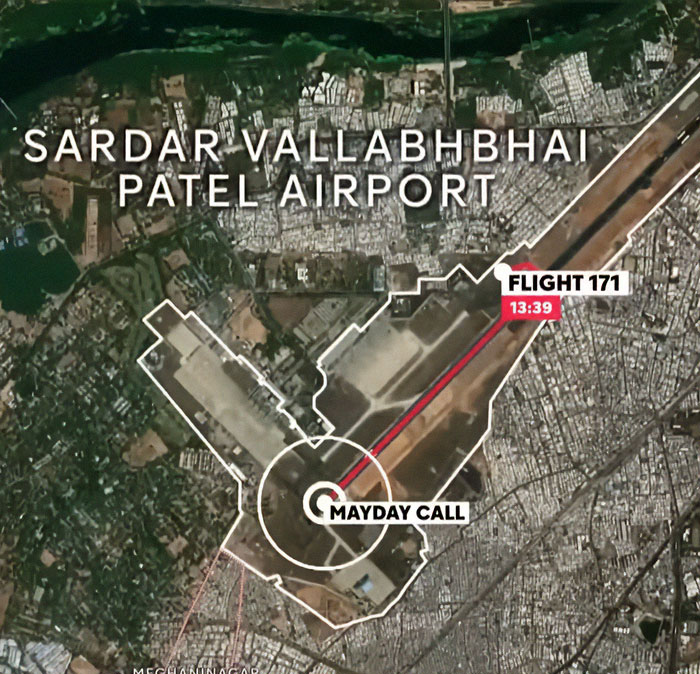
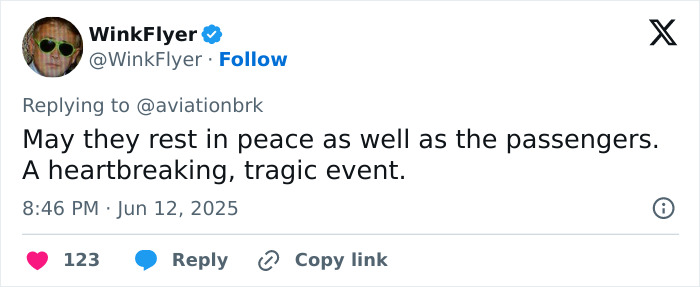
His co-pilot, Clive Kundar, had logged over 1,100 hours and was newer to the field, but still certified and competent. Combined, the two pilots had accumulated more than 9,000 flight hours—a level of experience that makes the cause of this tragic crash all the more baffling.
Viral Controversy: Was Bollywood Actor Vikrant Massey Related to the Co-Pilot?
After the accident, media outlets and social media users began speculating about Clive Kundar’s connection to popular Bollywood actor Vikrant Massey. The confusion stemmed from an emotional post Massey made, referring to Kundar as “my uncle’s son.” This led to widespread headlines suggesting the co-pilot was the actor’s cousin.
Massey later clarified on social media:
“The unfortunately deceased Mr. Clive Kunder was NOT my cousin. The Kunders are family friends. Please allow the family to grieve in peace.”
His response aimed to dispel misinformation and shift focus back to mourning the victims.
Only One Survivor: Vishwash Kumar Ramesh’s Miraculous Escape
Amid the devastation, one man emerged alive—40-year-old Vishwash Kumar Ramesh. Seated in an exit row, Ramesh sustained multiple injuries but managed to crawl out of a breach in the fuselage.
In interviews, he described the surreal moments following the impact:
“I don’t know how I survived. I watched people lose their lives right before me, yet I managed to walk out of the wreckage.

Video footage shows a bloodied Ramesh staggering away from the wreckage, refusing to answer questions as emergency responders assisted him into an ambulance.
Online Speculations and Accusations Flood Social Media
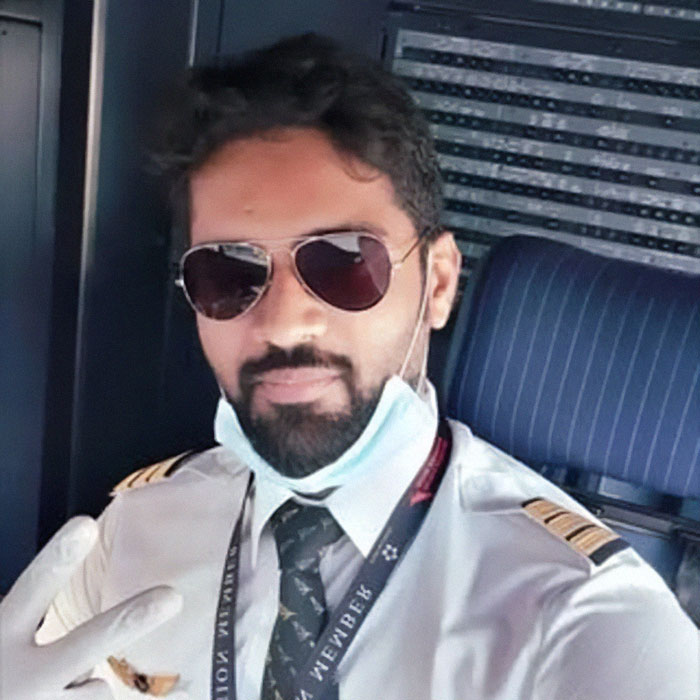
Before any official findings have been released, social media users have begun speculating on the cause of the crash. Theories range from pilot error to equipment failure and even question the pilot’s sobriety—claims that remain unsubstantiated.
Some examples of these speculative comments include:
- “Why was the pilot making a mayday call instead of focusing on the controls?”
- “He overloaded the engines, and they couldn’t generate the needed airspeed.”
- “Was the pilot under the influence?”
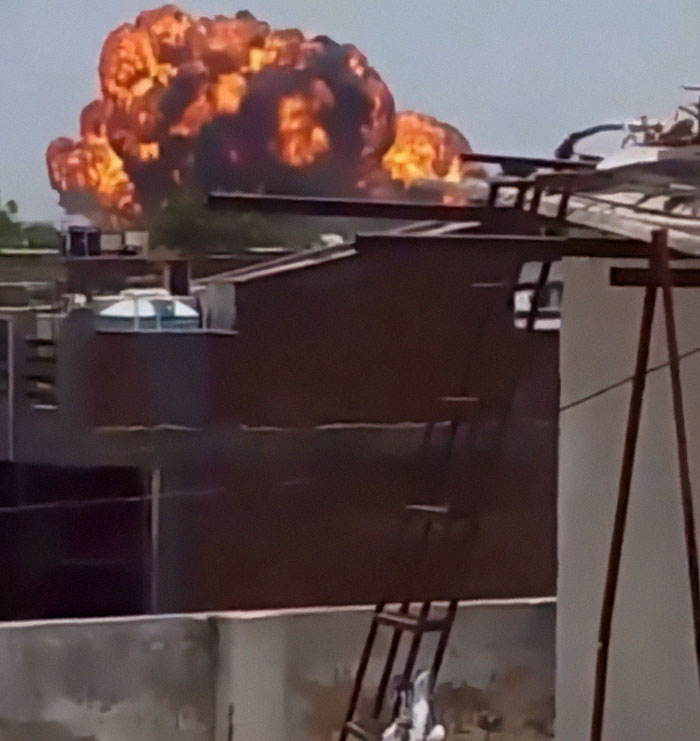
A few voices, however, have urged caution and sensitivity, calling on others to wait for the official investigation. As The Times of India reports, the full analysis could take up to a year to complete.
The crash of Air India flight AI171 has left a nation in mourning and an aviation community grappling with difficult questions. From the pilot’s final mayday call to the miraculous survival of one passenger, every detail brings new insight into what might have gone wrong.











